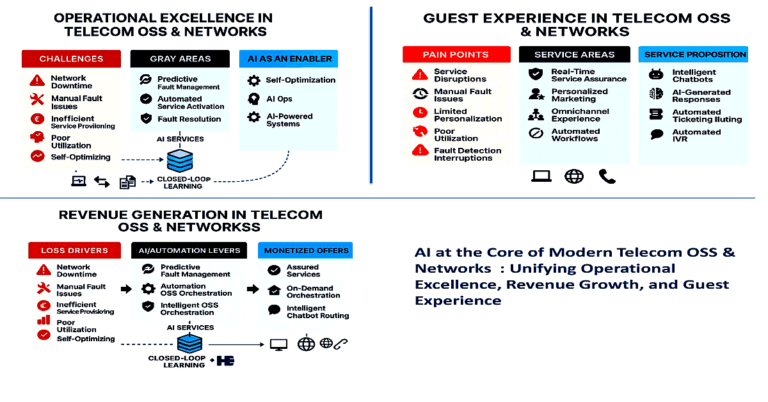Leading telecom operator, Vodafone Idea (Vi), is conducting a trial on the use of street furniture for Small Cells and Aerial Fibre deployment in Bhopal Smart City as part of a pilot by TRAI.
These pilots aim to make cross-sectoral infrastructure more accessible for a quick rollout of the 5G networks. Street furniture such as a Traffic signal pole, Street light pole, Smart Pole, Billboard, Direction Board, Road Signage, Foot over the bridge, and city Bus Shelter are being used for testing 5G small cells.
To test 5G readiness, TRAI has selected Vi to conduct trials at Bhopal Smart City, the leading smart city in the country. The pilot involved coordination, administrative, permissions, authorization to use, and other support from various entities like MP State Government, Bhopal Municipal corporation, District Collector Office, Bhopal Smart City, Bhopal Police, Bhopal City Link Ltd (Bus city service), DISCOM, Advertising agency, and other state Government bodies.
The learnings of this project will, in turn, be used for 5G deployment in other Smart Cities in the country. In this pilot, Vi has demonstrated a 5G download speed of 1Gbps on the mobile handset at four locations – New Market, Jyoti Square, Prabhat Petrol Pump, and Inter State Bus Terminus. TRAI has tested 5G readiness using small cell and aerial fiber in different locations across the country.
Vi is also conducting trials on using street furniture for Small Cells and Aerial Fibre deployment at Bengaluru Metro Rail, New Delhi International Airport, and Deendayal Port – Kandla in Gujarat. Vi has demonstrated a range of 5G-based technology solutions and use cases as part of its 5G trials on Govt. the allocated trial spectrum in Pune, Maharashtra, and Gandhinagar, Gujarat earlier.
Small Cells are network equipment being deployed by Vi to enhance 4G network coverage and capacity. Trials are being conducted to test the equipment for 5G network deployments in the future. It uses a higher frequency spectrum to provide ultra-high broadband speed and is placed closer to the user to respond quickly to their request. As per TRAI, these pilots will be very helpful in making cross-sectoral infrastructure more accessible for a quick rollout of the 5G networks for Telcos post allotment of 5G frequencies by DoT.
Hundreds of 5G Small Cells need to be installed in a square kilometer area to provide good coverage. Use of Street furniture already available at various locations areas like poles, billboards, etc., can be used to mount these 5G Small Cells, obviating the need to erect thousands of new towers. This will ensure faster deployment of 5G and unlock the true potential of underutilized street furniture at ports.
About Vodafone Idea Limited
Vodafone Idea Limited is an Aditya Birla Group and Vodafone Group partnership. It is India’s leading telecom service provider. The Company provides pan India Voice and Data services across 2G, 3G, and 4G and has a 5G ready platform. With the large spectrum portfolio to support the growing demand for data and voice, the company is committed to delivering delightful customer experiences and creating a truly ‘Digital India’ by enabling millions of citizens to connect and build a better tomorrow. The Company is developing infrastructure to introduce newer and smarter technologies, making retail and enterprise customers future ready with innovative offerings, conveniently accessible through an ecosystem of digital channels and extensive on-ground presence.
The Company is listed on National Stock Exchange (NSE) and Bombay Stock Exchange (BSE) in India. The company offers products and services to its customers in India under the TM Brand name “Vi”. For more information, please visit: www.MyVi.in







































